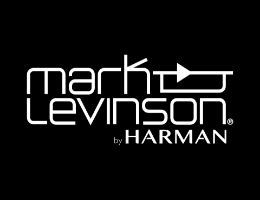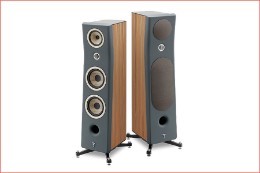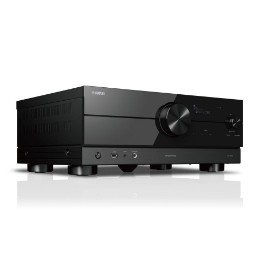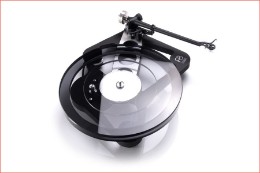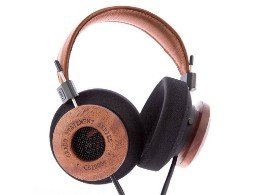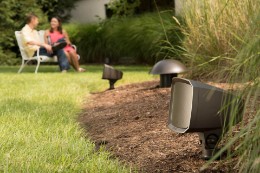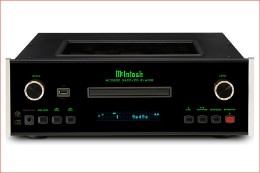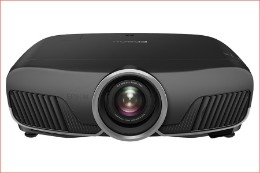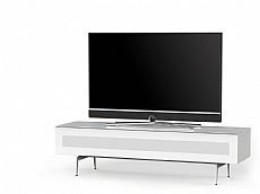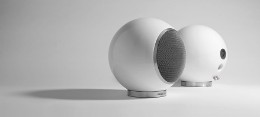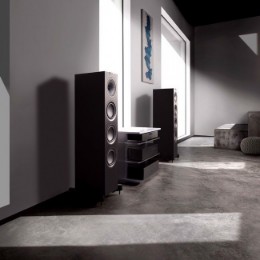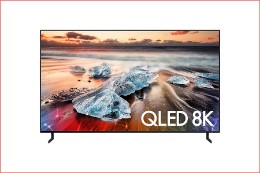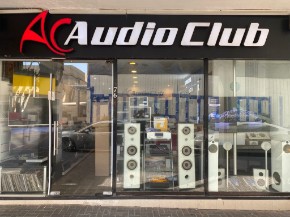מוצרים מתוייגים עם 'hdmi'
In 1982 Sony gave us "Perfect sound forever," along with the attitude that, "it's just digital, so all CD players sound the same." That was disproved and qualitative differences between players became accepted truth. Next came separate transport and DAC combos, which brought with it the attitude that "all S/PDIF digital audio cables sound the same..." until that too became disproved. Now the frontier has moved once again. Is digital audio really just ones and zeros? We don't believe so, and once you've had a chance to listen to Cinnamon USB, you won't think so either...
445 ₪
In 1982 Sony gave us "Perfect sound forever," along with the attitude that, "it's just digital, so all CD players sound the same." That was disproved and qualitative differences between players became accepted truth. Next came separate transport and DAC combos, which brought with it the attitude that "all S/PDIF digital audio cables sound the same..." until that too became disproved. Now the frontier has moved once again. Is digital audio really just ones and zeros? We don't believe so, and once you've had a chance to listen to Diamond USB, you won't think so either...
3,245 ₪
In 1982 Sony gave us "Perfect sound forever," along with the attitude that, "it's just digital, so all CD players sound the same." That was disproved and qualitative differences between players became accepted truth. Next came separate transport and DAC combos, which brought with it the attitude that "all S/PDIF digital audio cables sound the same..." until that too became disproved. Now the frontier has moved once again. Is digital audio really just ones and zeros? We don't believe so, and once you've had a chance to listen to Coffee USB, you won't think so either...
1,845 ₪
In 1982 Sony gave us "Perfect sound forever," along with the attitude that, "it's just digital, so all CD players sound the same." That was disproved and qualitative differences between players became accepted truth. Next came separate transport and DAC combos, which brought with it the attitude that "all S/PDIF digital audio cables sound the same..." until that too became disproved. Now the frontier has moved once again. Is digital audio really just ones and zeros? We don't believe so, and once you've had a chance to listen to Carbon USB, you won't think so either..
845 ₪
In 1982 Sony gave us "Perfect sound forever," along with the attitude that, "it's just digital, so all CD players sound the same." That was disproved and qualitative differences between players became accepted truth. Next came separate transport and DAC combos, which brought with it the attitude that "all S/PDIF digital audio cables sound the same..." until that too became disproved. Now the frontier has moved once again. Is digital audio really just ones and zeros? We don't believe so, and once you've had a chance to listen to Forest USB, you won't think so either...
325 ₪
For systems that use a TV’s eARC/ARC output as the audio source, AudioQuest’s eARC-Priority models offer world-class performance at the friendliest possible prices. AudioQuest eARC-Priority cables are full-on 48-Series HDMI cables with the 48Gbps bandwidth required for 8K-10K video and all the latest video features. While the main A/V data pairs have Cinnamon-level performance (Forest 48’s solid 0.5% Silver + Carbon & Vodka 48’s Level-3 Noise-Dissipation), the eARC data pair and Ground-Reference drain in eARC-Priority cables use all the same advanced design ingredients as their “48” siblings. Dragon eARC features 100% Perfect-Surface Silver eARC conductors and Ground-Reference conductors with Level-6 Noise Dissipation. For soundbars and other ARC input-equipped gear, this allocation of design and material resources offers a super combination of performance and value.
10,995 ₪







